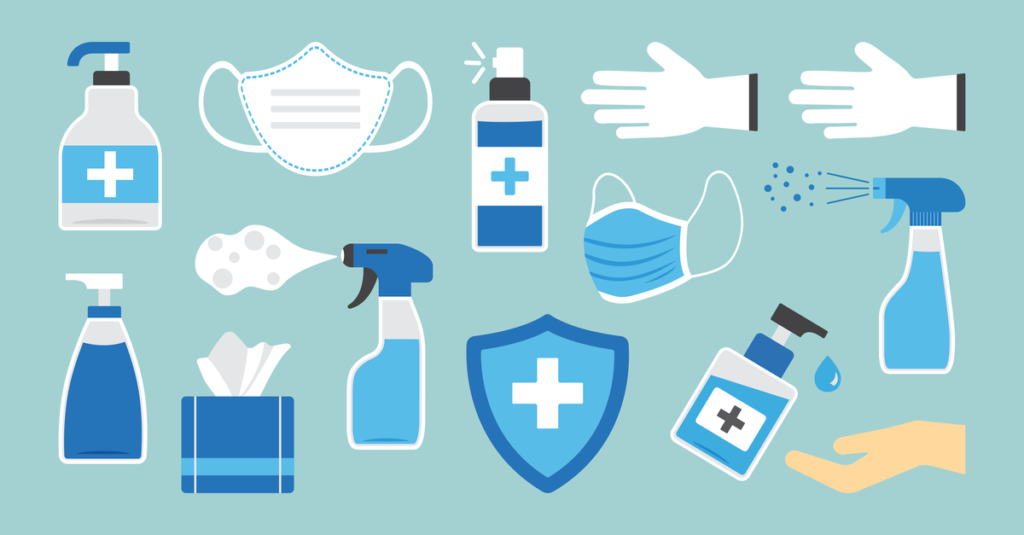
July 27, 2021 – E.V. Clarke
In the healthcare supply chain, recognition of your efforts only comes when something doesn’t go right. Patients and those who care for them expect supply to be available at the time of need, and supply chain professionals expect the same. What’s gotten lost with this expectation is the incredible work that supply chain leaders did in the face of unprecedented global disruption in an industry designed for cost reduction, not supply disruption. In an instant, supply chain leaders were dealt a different set of cards that required reactively dealing with a broken global supply chain.
The unprecedented demand and failures of the global supply chain put every supply chain leader at the center of the storm of care delivery. The response was the supply chain became extraordinarily creative, working with non-traditional sources around the world. These efforts were balanced with the complexity of assessing products and collaboration with clinical teams to ensure quality. No role faced a more significant challenge or required more creative thought and collaboration than supply chain. Without question, the work our supply chain leaders did limited the enormous risk to care delivery in a very unusual, historic circumstance.
What happens next is more critical – and more difficult. The crisis created urgency, collaboration, and action. However, planning for future supply disruptions without facing the immediate consequences of your decisions is more complicated. Most supply chain leaders point to stockpiling PPE and shifting to more U.S.-based production as key initiatives. At the same time, others question if simply determining how much inventory is held or where it is bought from is really the transformational change that makes the healthcare supply chain more resilient to future disruption.
During the Homeland Senate hearings on preparedness this April, the elephant in the room was the glaring admission that many high-demand medical supplies were actually available during the crisis; they just weren’t visible to those with demand. The critical issue sighted was the general lack of visibility of supply across industry stakeholders. Not coincidentally, outside of healthcare, a digital strategy to maximize sources of supply has emerged as the leading post-COVID initiative to improve supply chain resiliency. B2B digital marketplaces that provide access to multiple sources of supply on a single platform, according to Digital 360, are the fastest-growing sector of e-commerce.
There’s no question that addressing how much product is stocked and where it’s produced are required to de-risk areas such as PPE. But as was noted in the Senate hearings, a whole new set of products could become critical depending on the type of the next crisis. For that reason, the supply chain heroes of the future will likely be more defined by their forethought to modernize the supply chain, incorporating the digital procurement benefits to maximize visibility to all available credible sources of supply.
About the Writer
E.V. Clarke is a long-time industry leader in the healthcare supply chain, and the founder of the Healthcare Products Xchange (HPX).
HPX is a digital marketplace designed specifically for professional healthcare to maximize visibility of credible sources including care providers, distributors and manufacturers.
To learn more about HPX, or subscribe to the HPX blog, visit hpxconnect.com.
